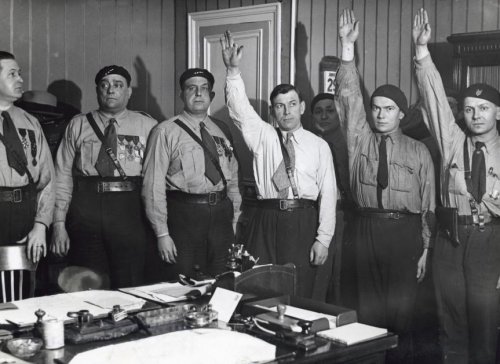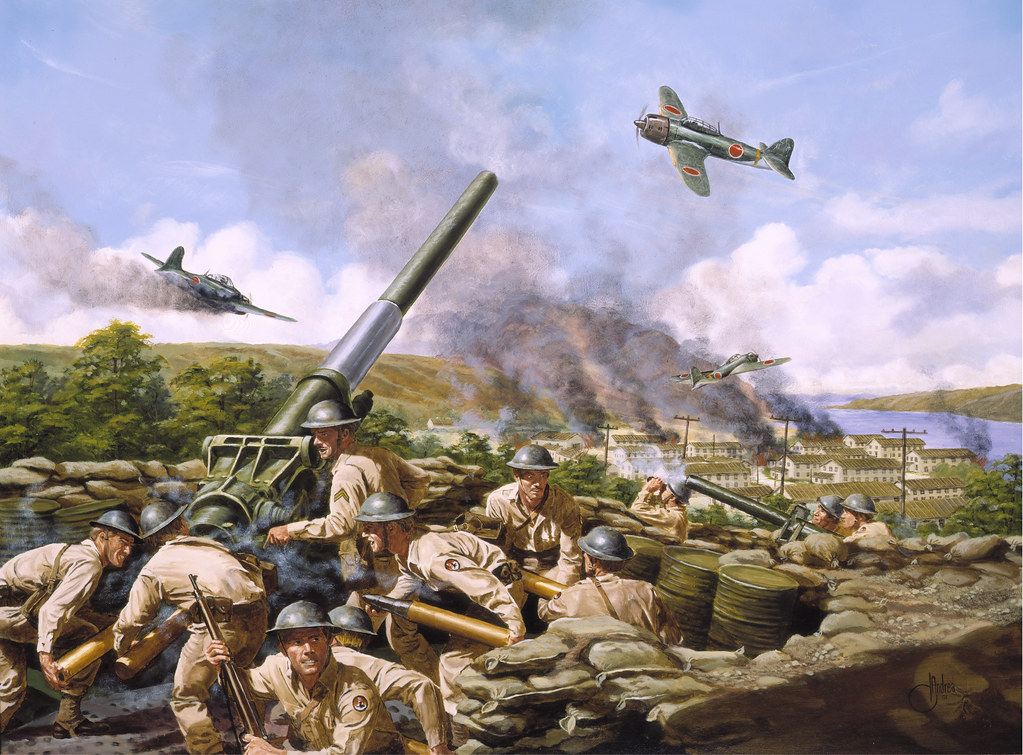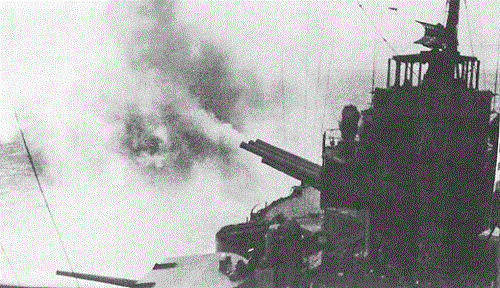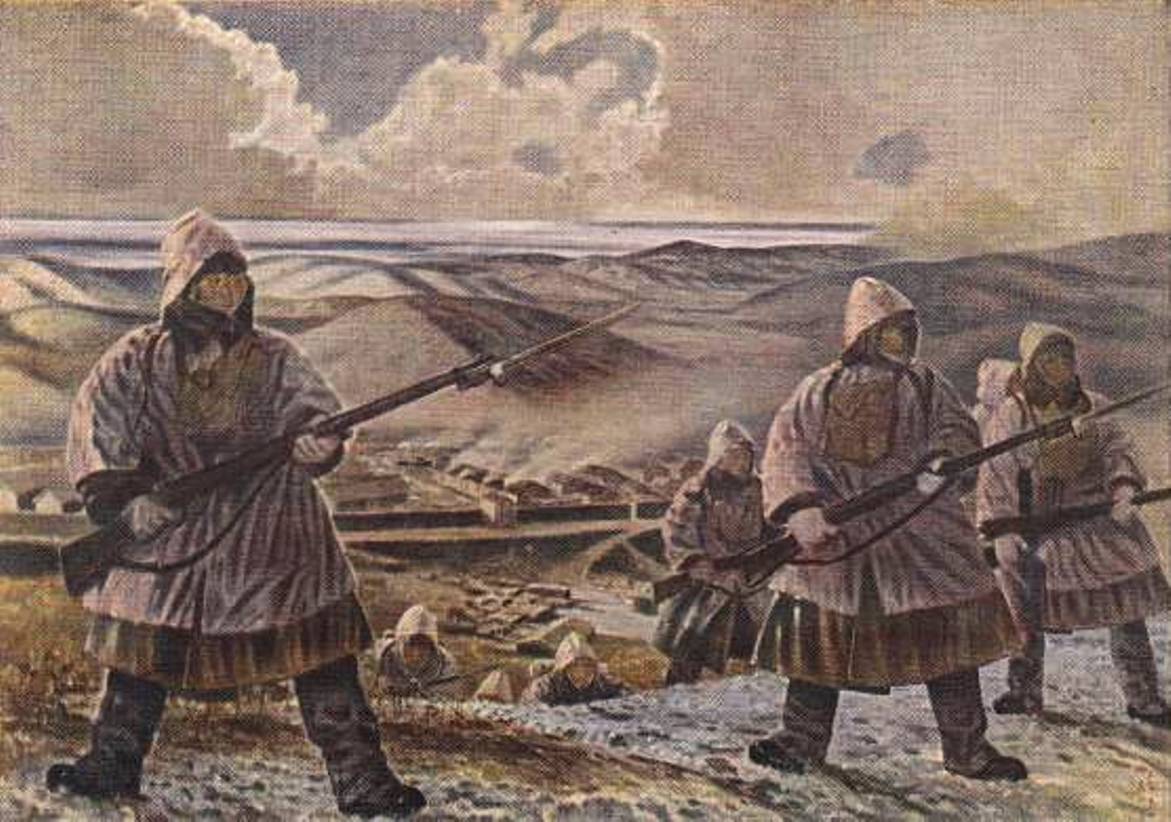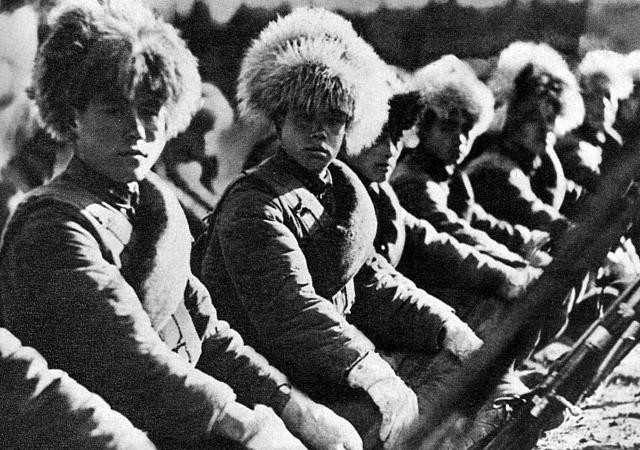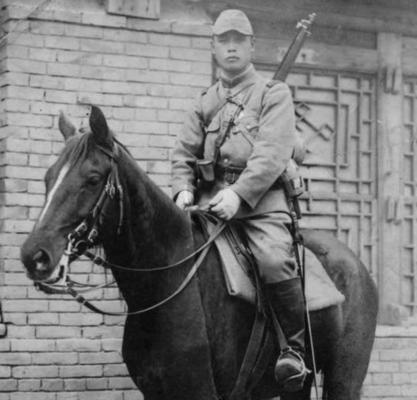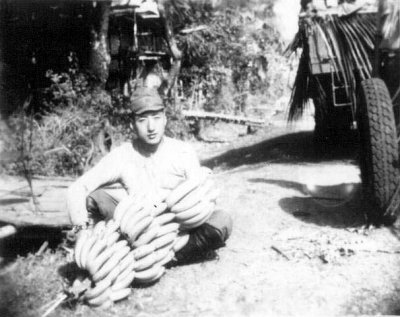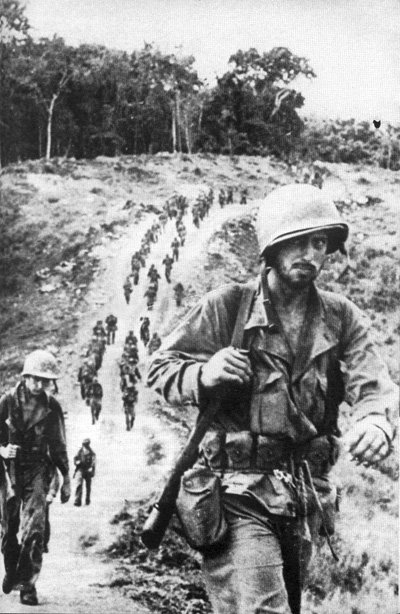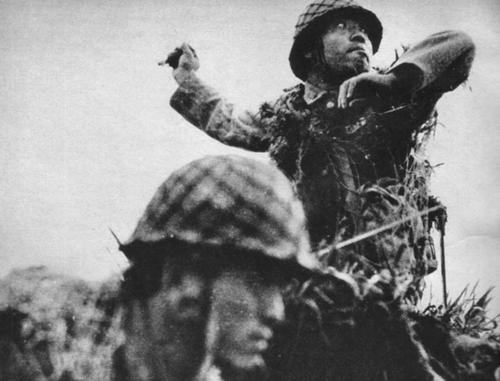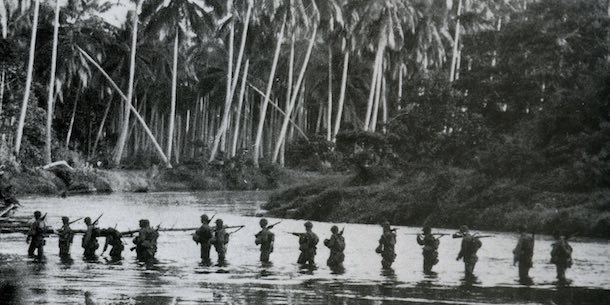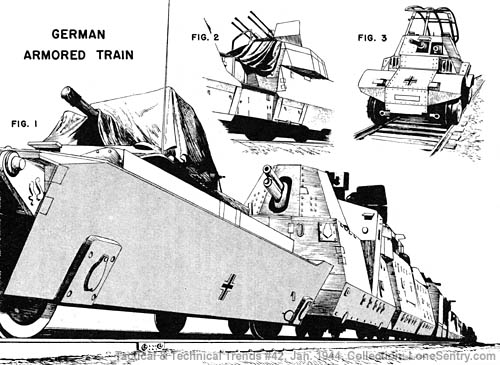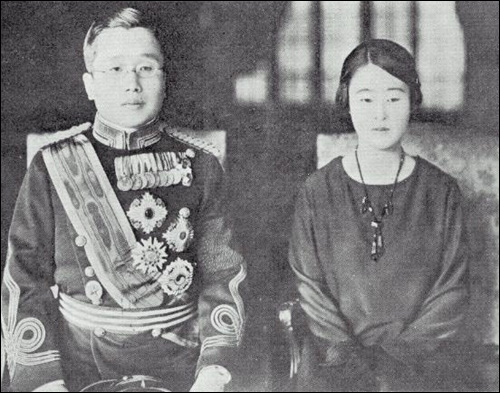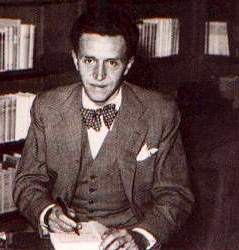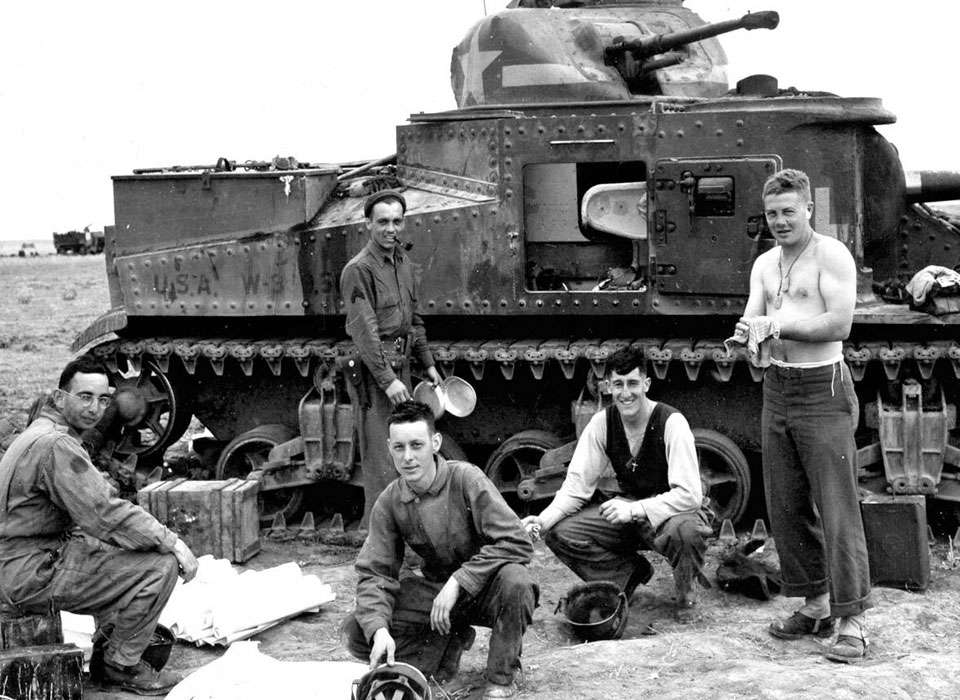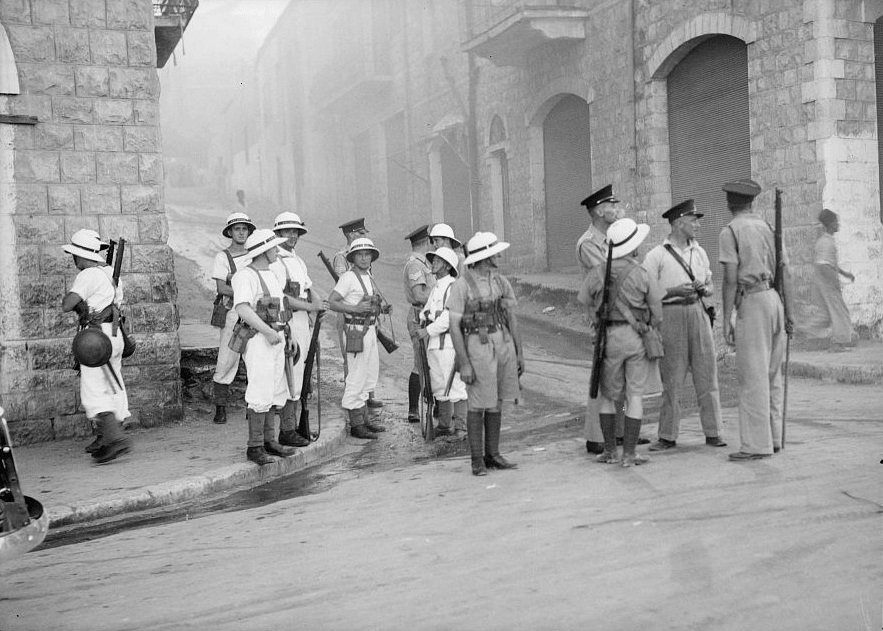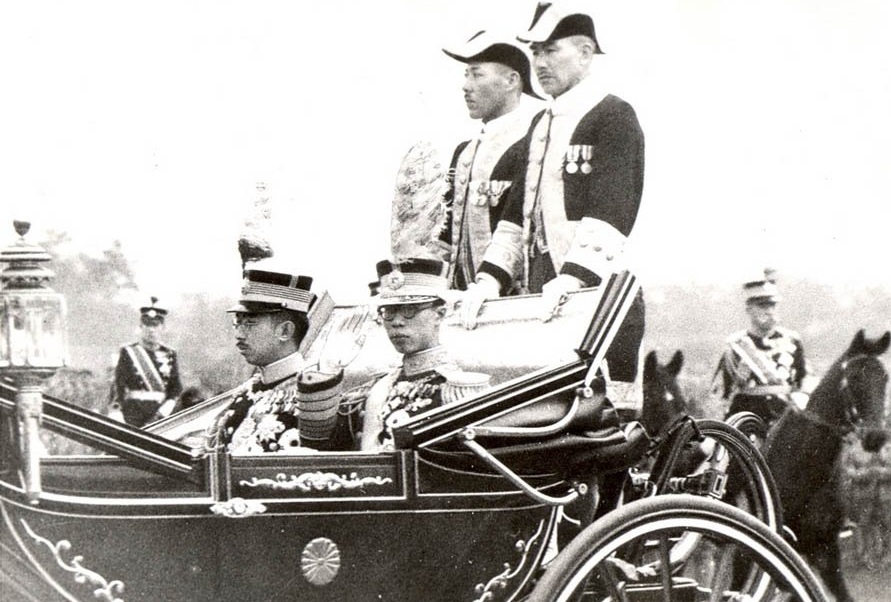Chapter 467: The African Campaign – Part 10: Rommel's and Cavallero's Offensive into Egypt:
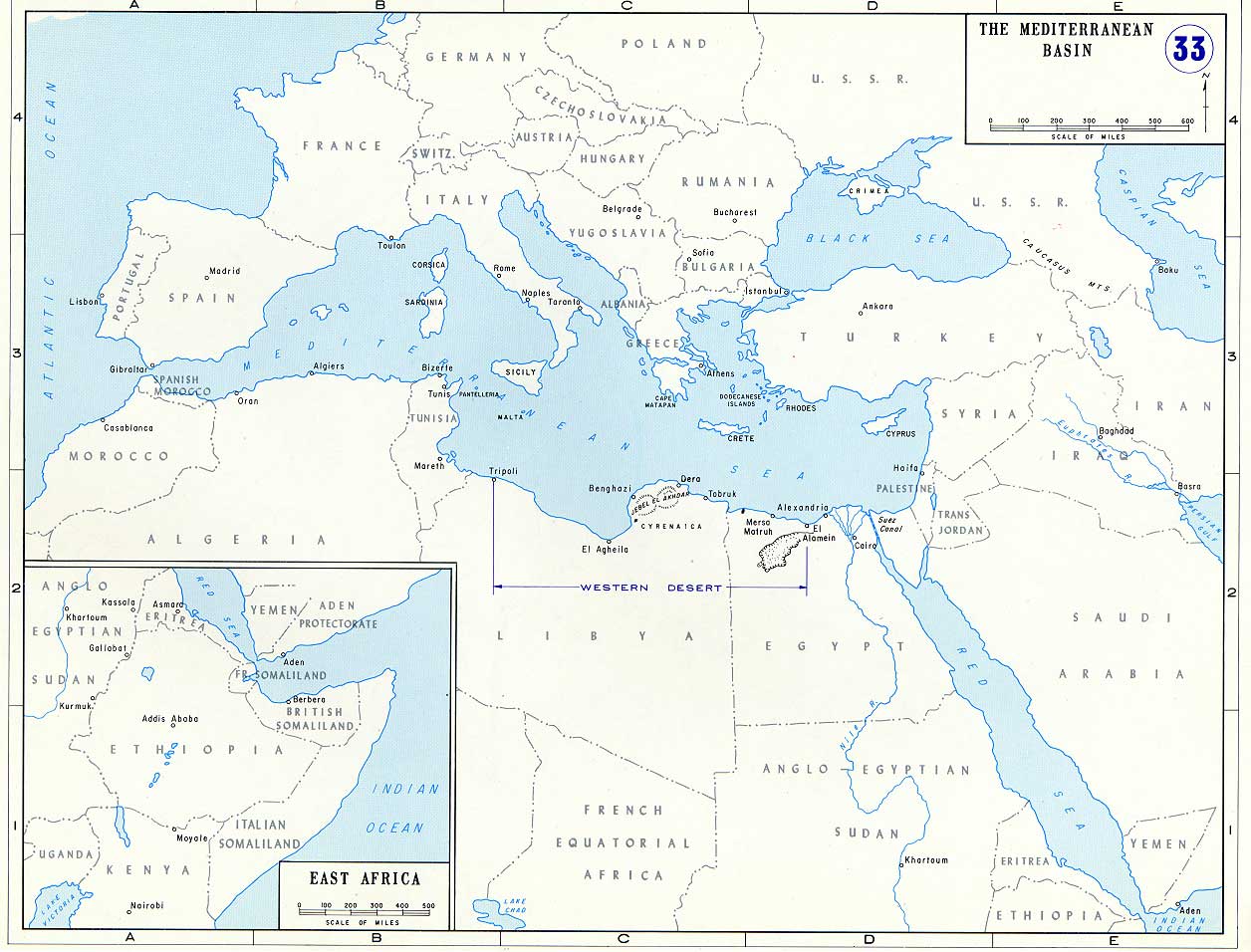
In Egypt the Allies were in full panic, as the Axis Central Power Forces had pushed past El Alamein, while the British Eight Army had retreated to Alexandria, the Western Desert Campaign was suddenly over. Hasty the British High Command in Cairo brurned and destroyed important papers, plans and everything else that should not fall into enemy hands, while their forses prepared for the defense of Alexandria and Cairo the best they could. Forces from the Middle East, mainly the Kingdom of Iraq and the Mandate of Palestine were redirected to Egypt to help with the defense of the colony and the Suez Canal in a attempt to stop Rommel. While many Egyptians wished not to fight, Cairo was declared a open city, but the British refused to leave without a fight. Maher Pasha was once again King Farouk I's favorit Prime Minister, despite British Protests.

The British had before pressed for Nahas Pasha as Prime Minister, but Farouk believed him to be a Bolshevik shemer. The British then had the Wafd-coalition government replace Hussein Sirri Pasha's government and appoint Nahas Pasha as Prime Minister. The British even threatened to make Prince Mohammad Ali the new King, should Farouk no comply and rolled a tank up to the palace. This moves where greatly unpopular in Egypt and the Egyptians were growing tired of British interference in their internal affairs. The Axis Central Powers vicory at El Alamein then led to open anti-British protests and some people even showing their open sympathy for the ACP. Most believed that Rommel would be in Cairo after only a month and panic was rising amoungst the British authorities and forces in Egypt.

The major problem for General Fieldmarshall Rommel and Marshall of Italy Ugo Cavallero was that despite some captured, left over British equipment, they still waited for major Axis Central Power reinforcements from Benghazi and Tobruk, as the British Navy still controlled the Eastern Mediterranean Sea. While the Axis Central Powers by now had Malta, Crete and Cyprus under their control to attack british convoys and Naval Fleets as well as British Positions in Egypt and Palesine directly. To speed up his supply lines Rommel even had the German High Command fly in equipment, vehicles and weapons by airlift as best as possible. Not only that it stretched the Axis Central Power Supply lines, but Rommel knew that the British could try to hold out in Alexandria and supply the city by sea like Tobrik before, remaining a threat to his flank and backwards supply lines on his was towards Cairo. This forced Rommel to deal with Alexandria first, before he even could think about pushing deeper into the Rest of Egypt. Rommel hoped that his enemy, Lieutenant-General Bernard Montgomery would once again simply retread out of Alexandria, once the Axis Central Powers threatened to encircle it like El Alamain before. While this would leave more British Forces to defend the rest of Egypt, with Alexandria in his hand Rommel would suddenly have much closer Air support and supply lines.

That was the reson why Field Marshal Rommel along with the German and Austrian-Hungarian Forces intendet to push north onto Alexandria and the Nile Delta along the coast and northern center of Egypt, directly pushing towards Cairo. The Italians meanwhile under Marshal of Italy, Ugo Cavallero would turn south with the majority of their forces and capture as much of the south of Egypt as possible, were only minor British Garrisons were stationed. However over 2 Million Allied forces from Britain, Australia, India and New Zealand had arrived in Egypt because of it's massive strategic importance of Egypt and the Middle East. They had set off a massive bout of inflation that destabilised the Egyptian economy, making the war years a period of hardship and suffering for ordinary Egyptians, only further increasing anti-British, anti-Allied and pro-Axis Central Powers sentiments in the ordinary Egyptians. The Italian Fieldmarshall Ugo Cavallero meanwhile who rivaled with German Fieldmarshall Rommel for victories, fame and glory, whose forces had put up a good fight and who himself had a good grasp on the problems inheren to the war in the Mediterranean that the Italian Kingdom, the new Roman Empire had to fight, both agreed on one thing; more Axis Central Power ressources had to be delivered to Africa, not only for the Eastern Crusade instead. But both knew this would led to a fatal dispersion of Italy's meager resources and so both argued that Austria-Hungary and it's Balkan Peninsula puppets as well as the French, Spanish and even the Germans should send much more forces and equipment too.


In Egypt the Allies were in full panic, as the Axis Central Power Forces had pushed past El Alamein, while the British Eight Army had retreated to Alexandria, the Western Desert Campaign was suddenly over. Hasty the British High Command in Cairo brurned and destroyed important papers, plans and everything else that should not fall into enemy hands, while their forses prepared for the defense of Alexandria and Cairo the best they could. Forces from the Middle East, mainly the Kingdom of Iraq and the Mandate of Palestine were redirected to Egypt to help with the defense of the colony and the Suez Canal in a attempt to stop Rommel. While many Egyptians wished not to fight, Cairo was declared a open city, but the British refused to leave without a fight. Maher Pasha was once again King Farouk I's favorit Prime Minister, despite British Protests.

The British had before pressed for Nahas Pasha as Prime Minister, but Farouk believed him to be a Bolshevik shemer. The British then had the Wafd-coalition government replace Hussein Sirri Pasha's government and appoint Nahas Pasha as Prime Minister. The British even threatened to make Prince Mohammad Ali the new King, should Farouk no comply and rolled a tank up to the palace. This moves where greatly unpopular in Egypt and the Egyptians were growing tired of British interference in their internal affairs. The Axis Central Powers vicory at El Alamein then led to open anti-British protests and some people even showing their open sympathy for the ACP. Most believed that Rommel would be in Cairo after only a month and panic was rising amoungst the British authorities and forces in Egypt.

The major problem for General Fieldmarshall Rommel and Marshall of Italy Ugo Cavallero was that despite some captured, left over British equipment, they still waited for major Axis Central Power reinforcements from Benghazi and Tobruk, as the British Navy still controlled the Eastern Mediterranean Sea. While the Axis Central Powers by now had Malta, Crete and Cyprus under their control to attack british convoys and Naval Fleets as well as British Positions in Egypt and Palesine directly. To speed up his supply lines Rommel even had the German High Command fly in equipment, vehicles and weapons by airlift as best as possible. Not only that it stretched the Axis Central Power Supply lines, but Rommel knew that the British could try to hold out in Alexandria and supply the city by sea like Tobrik before, remaining a threat to his flank and backwards supply lines on his was towards Cairo. This forced Rommel to deal with Alexandria first, before he even could think about pushing deeper into the Rest of Egypt. Rommel hoped that his enemy, Lieutenant-General Bernard Montgomery would once again simply retread out of Alexandria, once the Axis Central Powers threatened to encircle it like El Alamain before. While this would leave more British Forces to defend the rest of Egypt, with Alexandria in his hand Rommel would suddenly have much closer Air support and supply lines.

That was the reson why Field Marshal Rommel along with the German and Austrian-Hungarian Forces intendet to push north onto Alexandria and the Nile Delta along the coast and northern center of Egypt, directly pushing towards Cairo. The Italians meanwhile under Marshal of Italy, Ugo Cavallero would turn south with the majority of their forces and capture as much of the south of Egypt as possible, were only minor British Garrisons were stationed. However over 2 Million Allied forces from Britain, Australia, India and New Zealand had arrived in Egypt because of it's massive strategic importance of Egypt and the Middle East. They had set off a massive bout of inflation that destabilised the Egyptian economy, making the war years a period of hardship and suffering for ordinary Egyptians, only further increasing anti-British, anti-Allied and pro-Axis Central Powers sentiments in the ordinary Egyptians. The Italian Fieldmarshall Ugo Cavallero meanwhile who rivaled with German Fieldmarshall Rommel for victories, fame and glory, whose forces had put up a good fight and who himself had a good grasp on the problems inheren to the war in the Mediterranean that the Italian Kingdom, the new Roman Empire had to fight, both agreed on one thing; more Axis Central Power ressources had to be delivered to Africa, not only for the Eastern Crusade instead. But both knew this would led to a fatal dispersion of Italy's meager resources and so both argued that Austria-Hungary and it's Balkan Peninsula puppets as well as the French, Spanish and even the Germans should send much more forces and equipment too.

Last edited:





